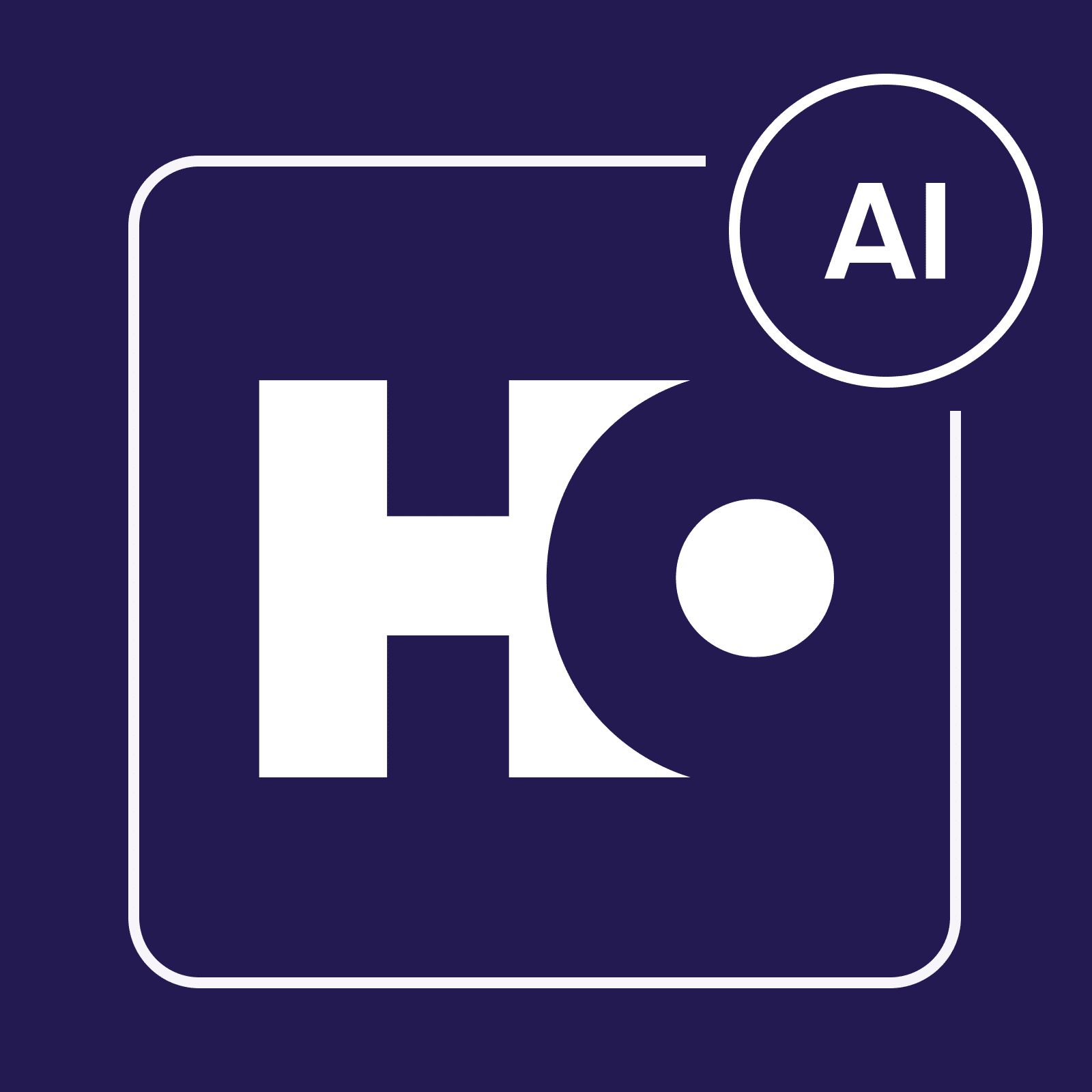Table of Contents
What is a good website layout?
Websites must prioritize responsive design for computers, tablets, and smartphones. Ideally, a website layout simplifies finding information, makes it more intuitive for your visitors, and helps them interact with your site without issues. It’s crucial that you prioritize visual appeal while still keeping things clear, and it’s worth considering multiple aspects – such as contrast, visual cues, and the colors you use.
Why does website layout matter?
A poorly designed layout complicates your visitor’s navigation, so it is important to keep in mind that well-designed layouts can potentially optimize the user experience and may even encourage visitors to stay on your site for longer. Users are more likely to take desired actions on a well-designed website, like purchasing a subscription or filling out a contact form.
When your website is user-friendly and visually appealing, visitors are also more likely to recommend you to people they know. So, your audience base will increase over the long term and you’ll improve your retention rates.
Why is responsive design important?
The goal is to not negatively impact the experience users have while navigating your webpage, so ensuring a good responsive design helps offer a seamless viewing experience on all devices. Visitors are more likely to stay on your website and perform actions that you want them to.
For example, visitors may be more likely to sign up for your newsletter or purchase a product if you have a responsive design on your website.
Google, Bing, and other search engines also often rank mobile-optimized websites higher than others.
How do I make sure that my layout works on different screen sizes?
You can use several tools to test your layout, such as Google’s Mobile-Friendly Test. Other plugins can also help you ensure that your website is well-designed.
How can I use layout to guide visitors to important information?
Consider these strategies when designing your website to effectively direct visitors towards the most essential information:
Visual hierarchy
You can use a visual hierarchy to emphasize your website’s important elements. For example, the most important items should appear in your menu bar or footer and have a bigger font than other aspects. By doing this, those elements will naturally attract more attention.
Color and contrast
Use contrasting colors to make important elements stand out. You can use free tools like Adobe Color if you’re unsure of what does and doesn’t work.
Visual cues
Visual cues can direct the user’s eye to the most essential aspects of your website. Use arrows, lines, and emojis to get your visitors’ attention. Keep these at a minimum to ensure that you don’t confuse viewers.
Calls to action
Make “call to action” buttons like “Buy Now” or “Start a Free Trial” more prominent on your pages. That way, users will be more likely to complete the buyer’s journey.
Conclusion
A well-done website design draws in the intended visitors, making them likely to perform your desired outcomes. Consider the abovementioned tips, and remember that investing in a professional site layout can yield positive returns in the long run.


